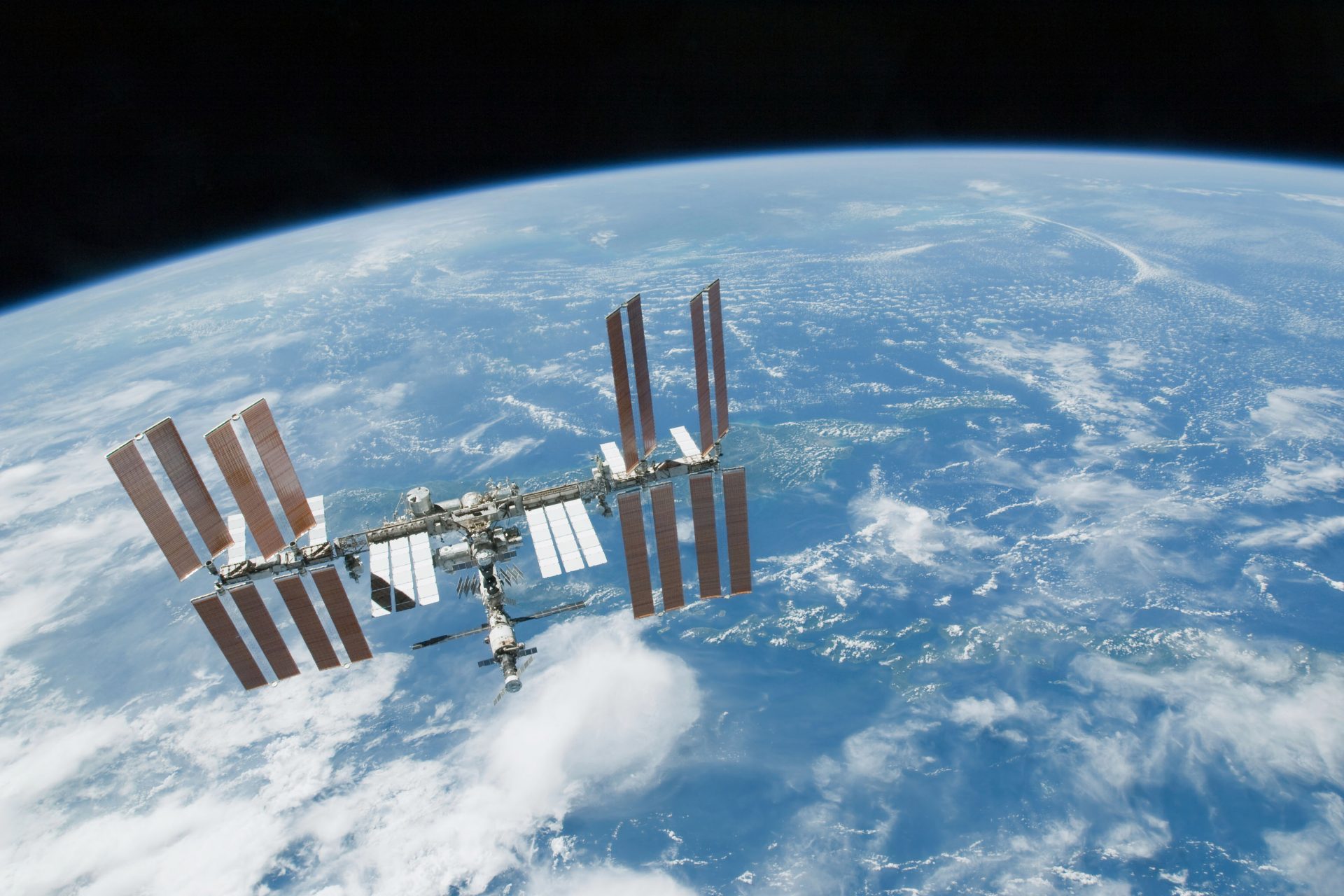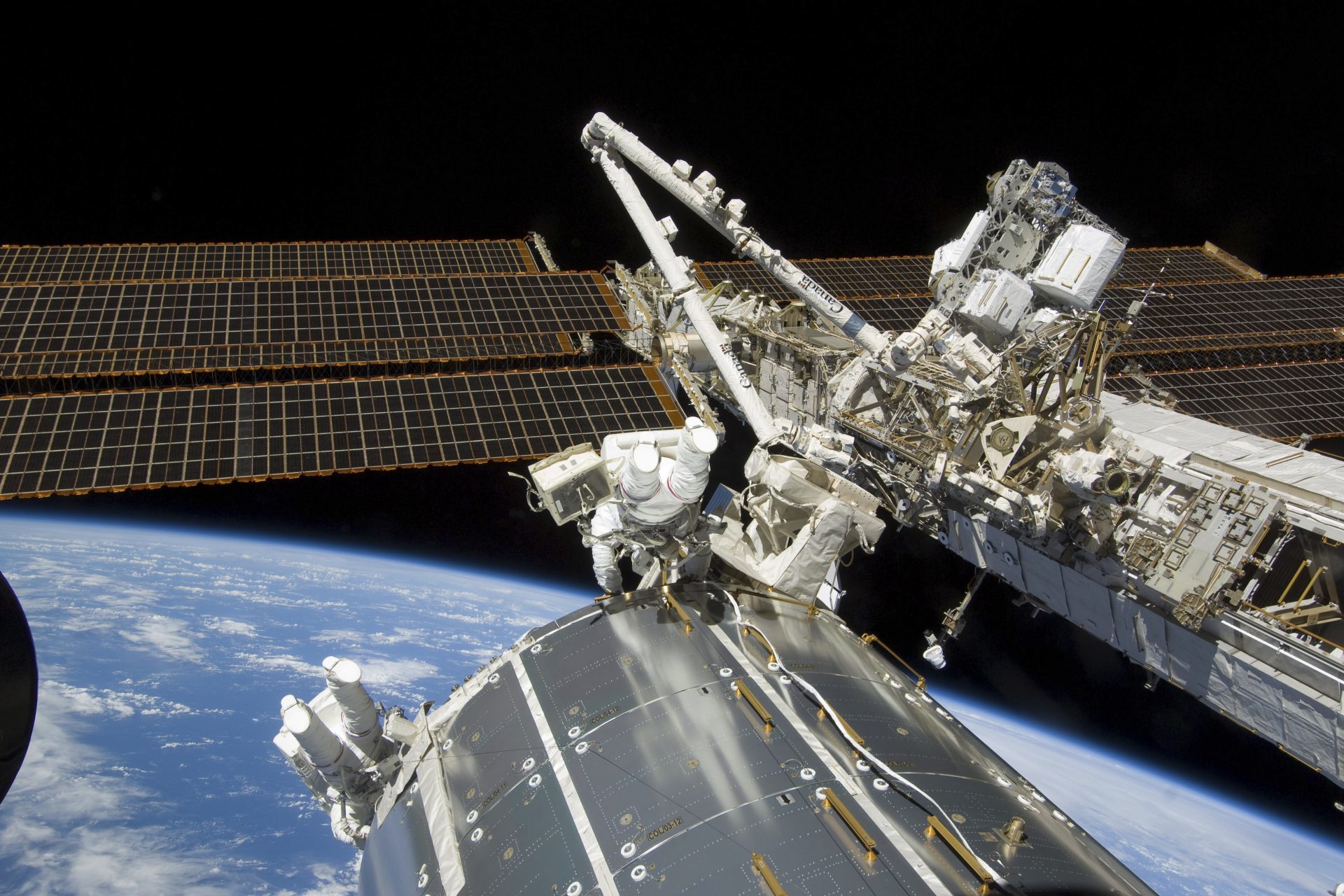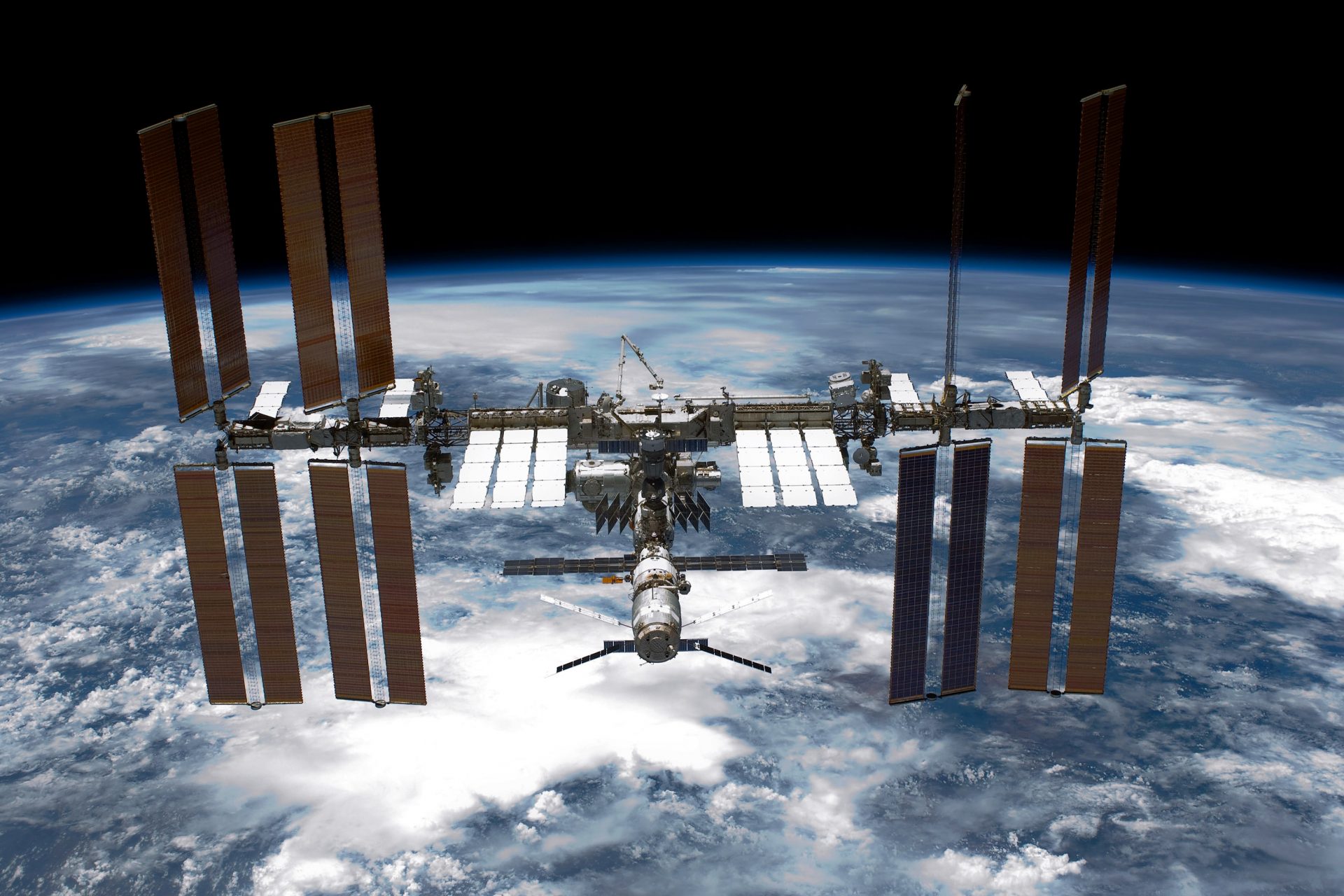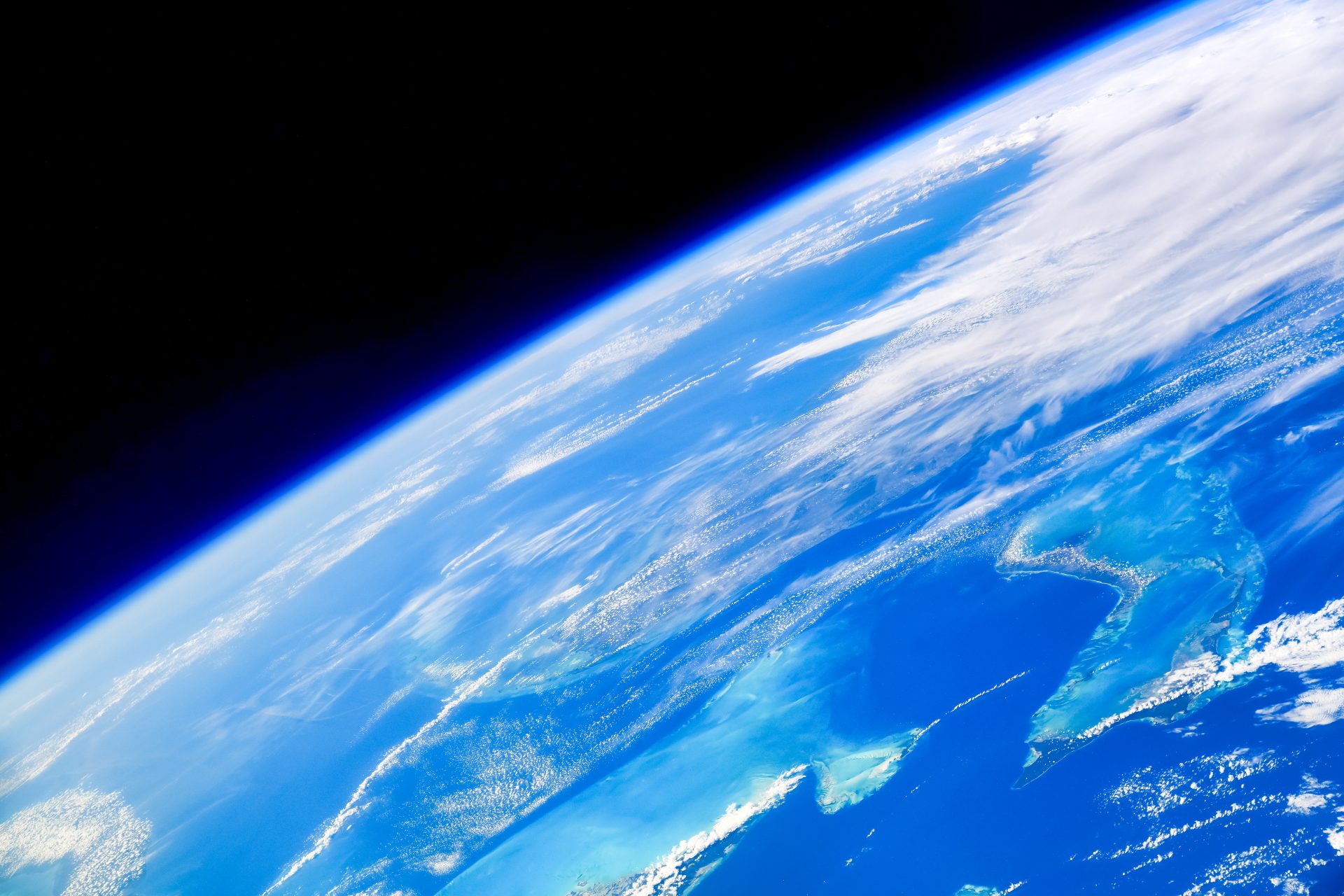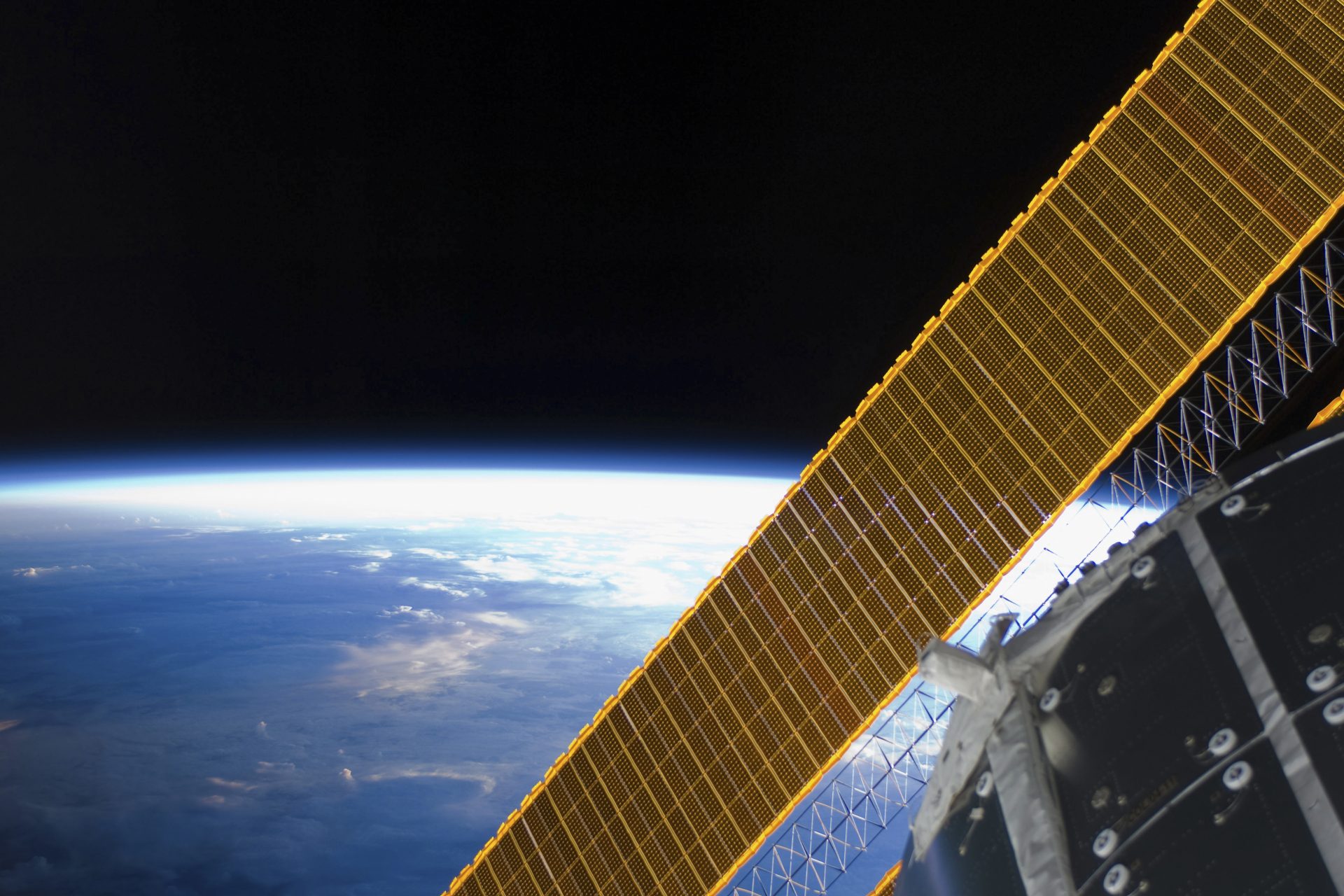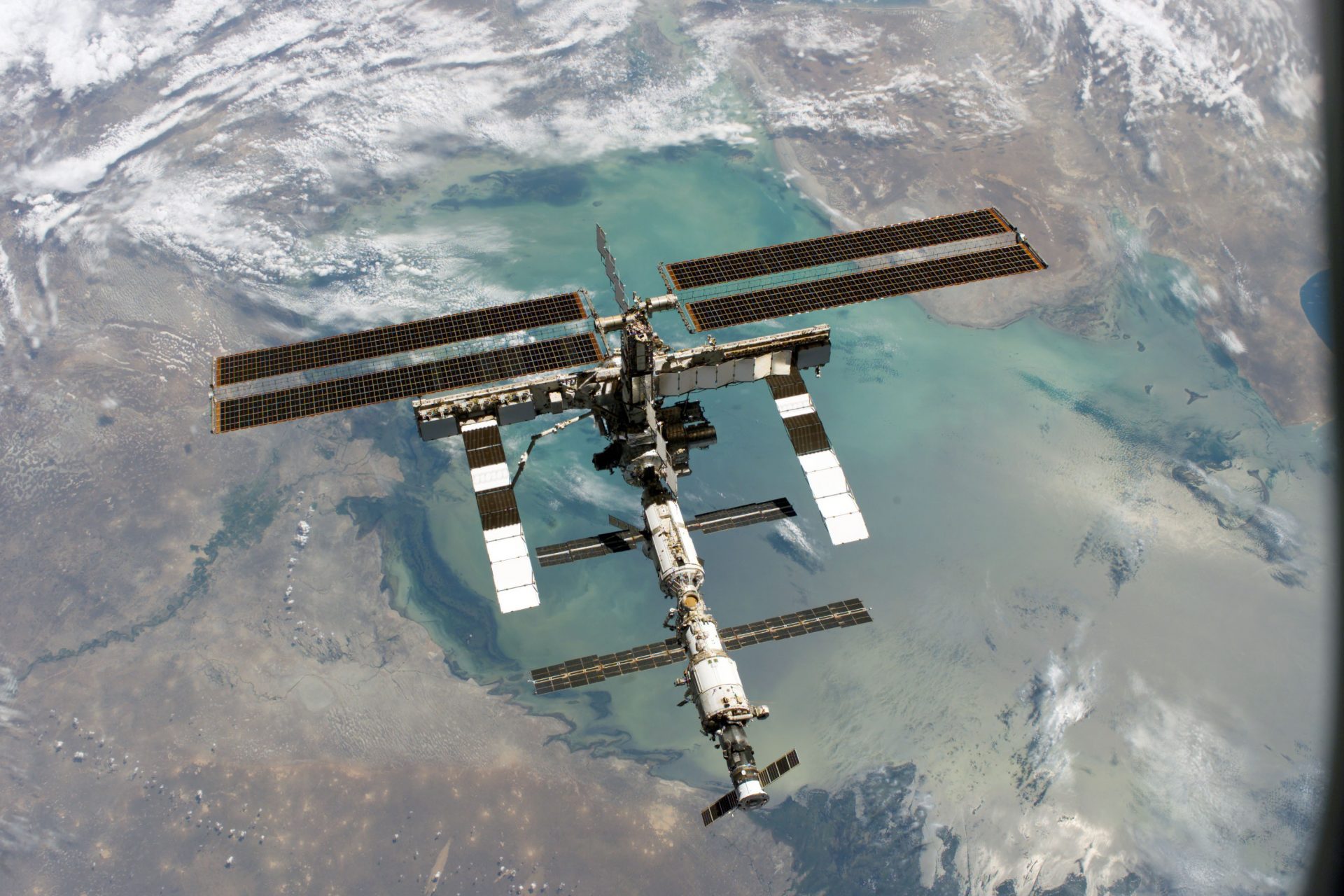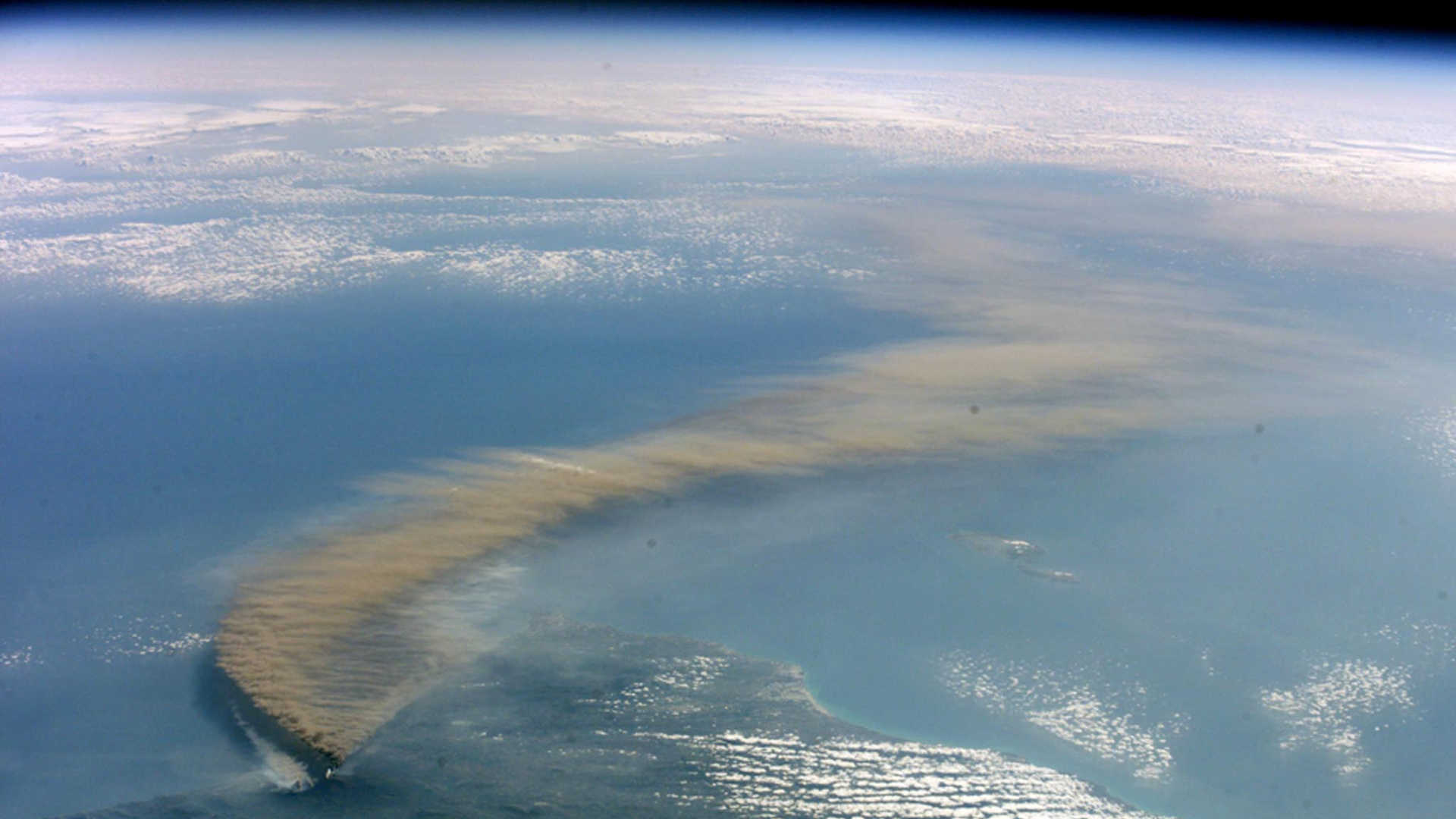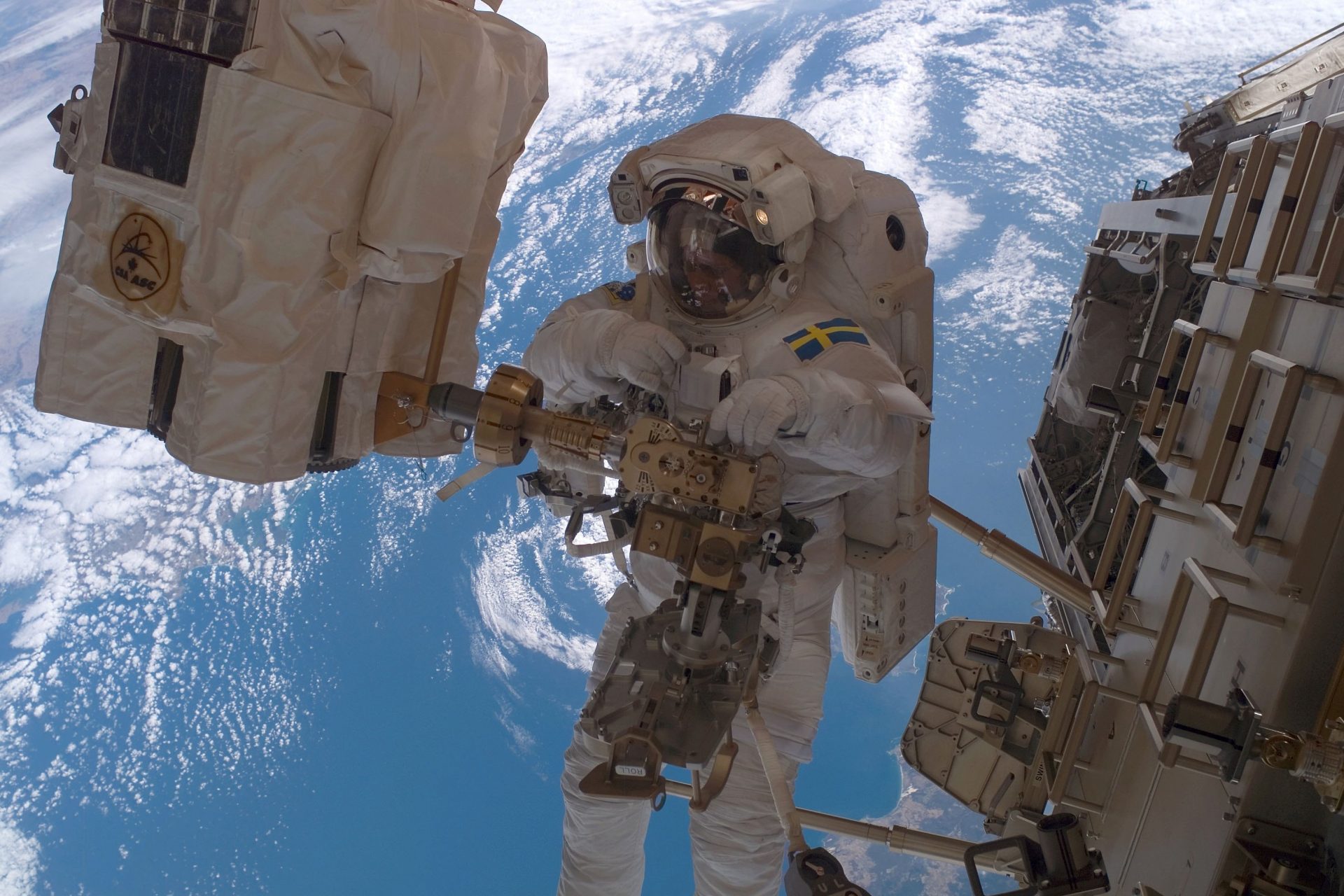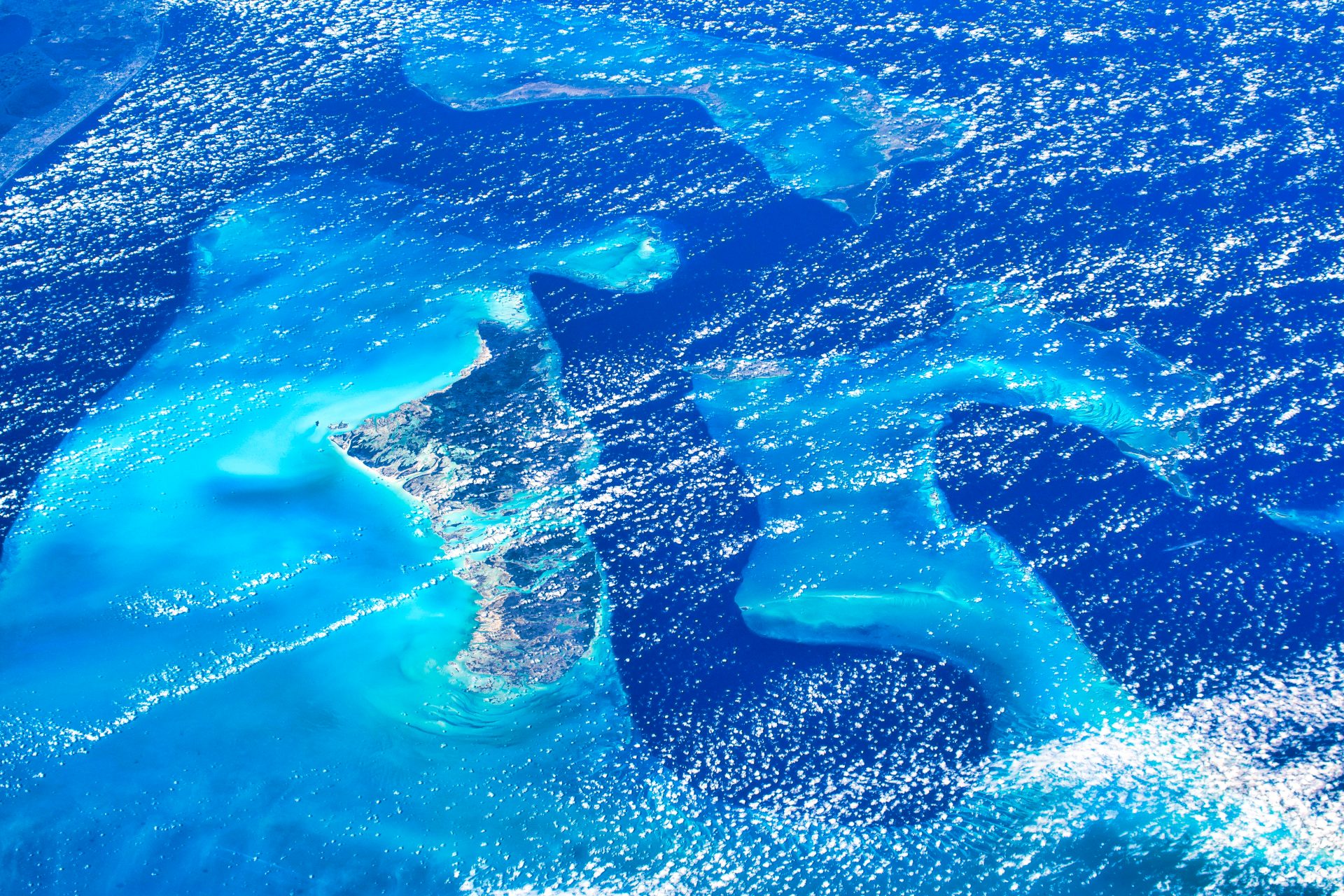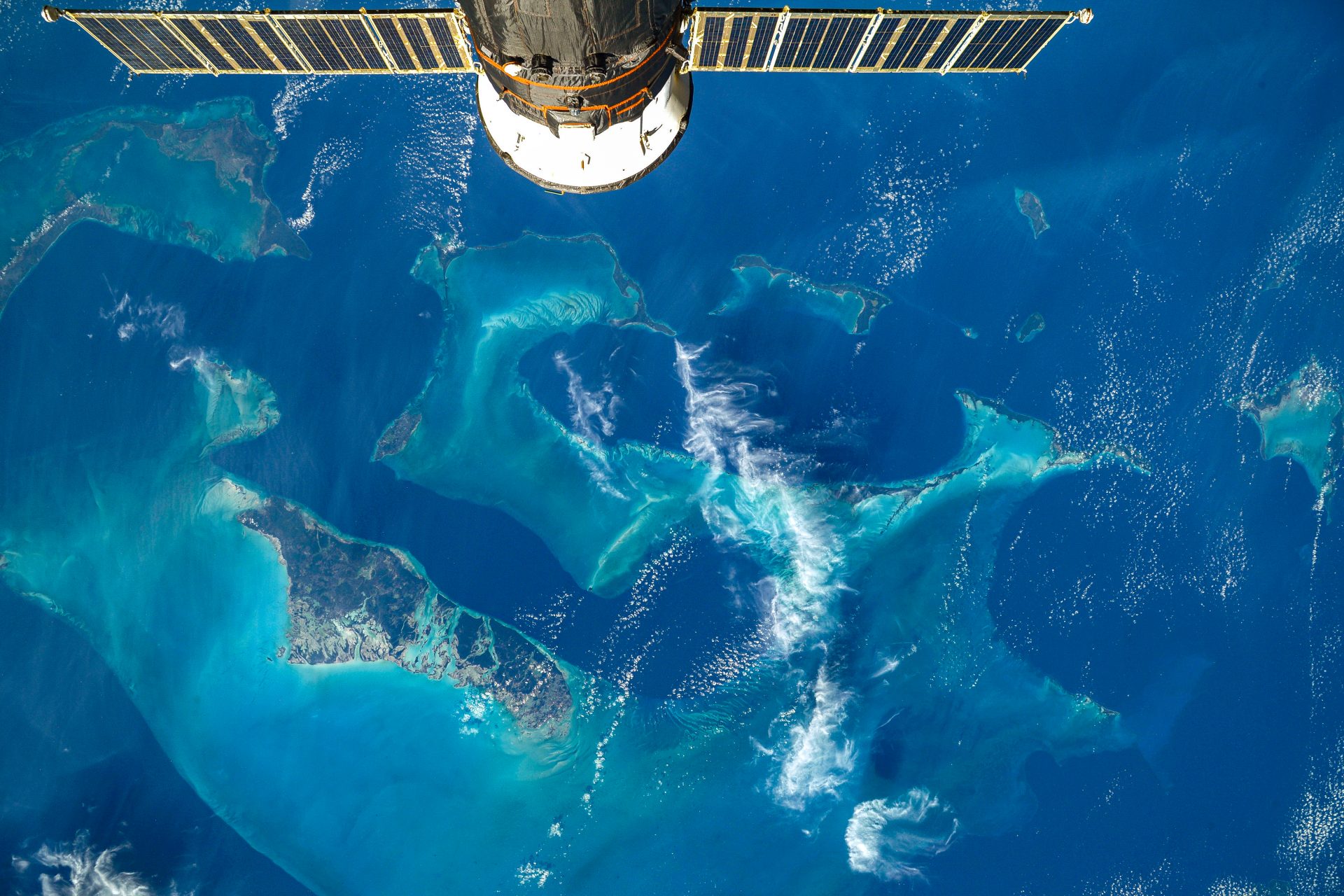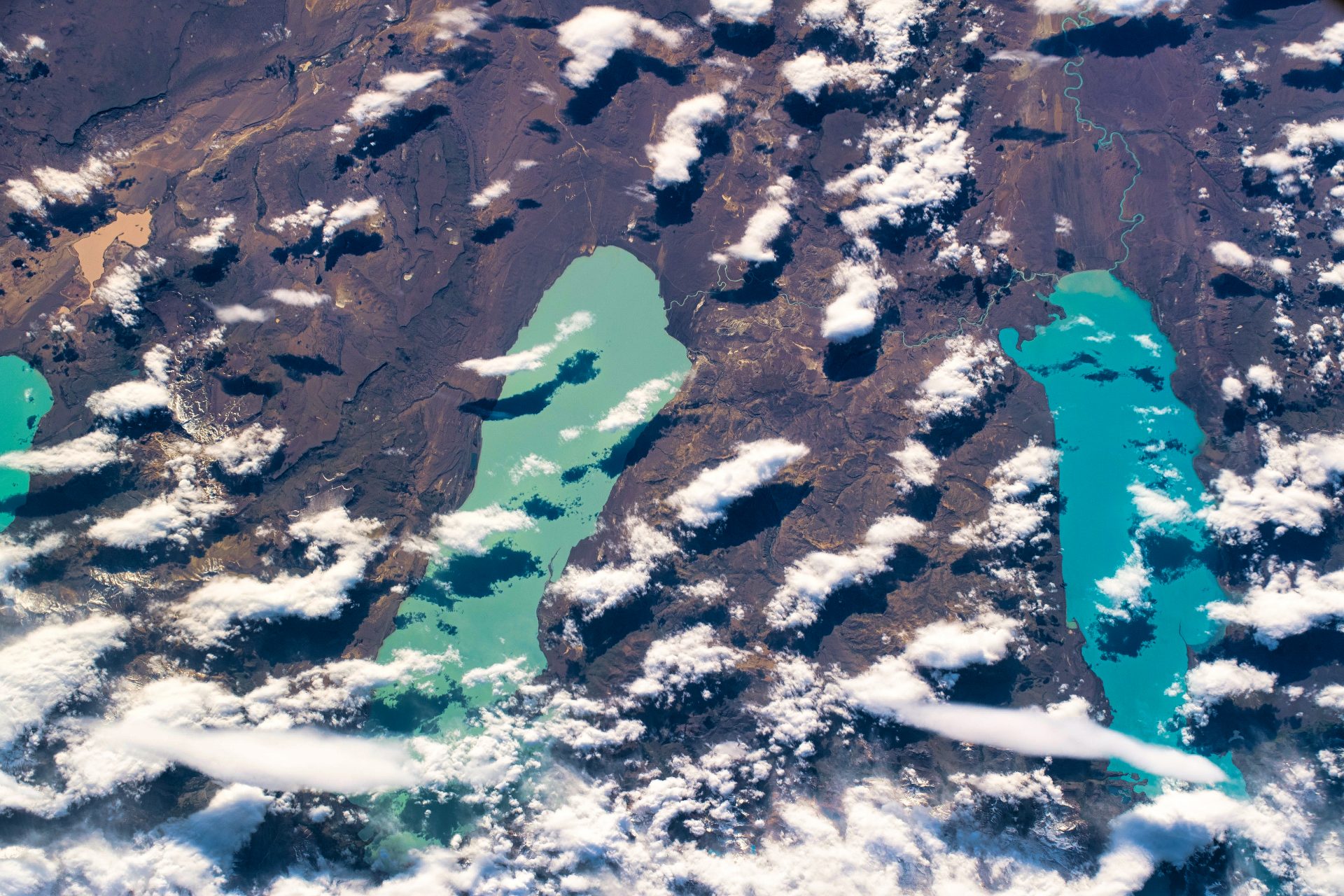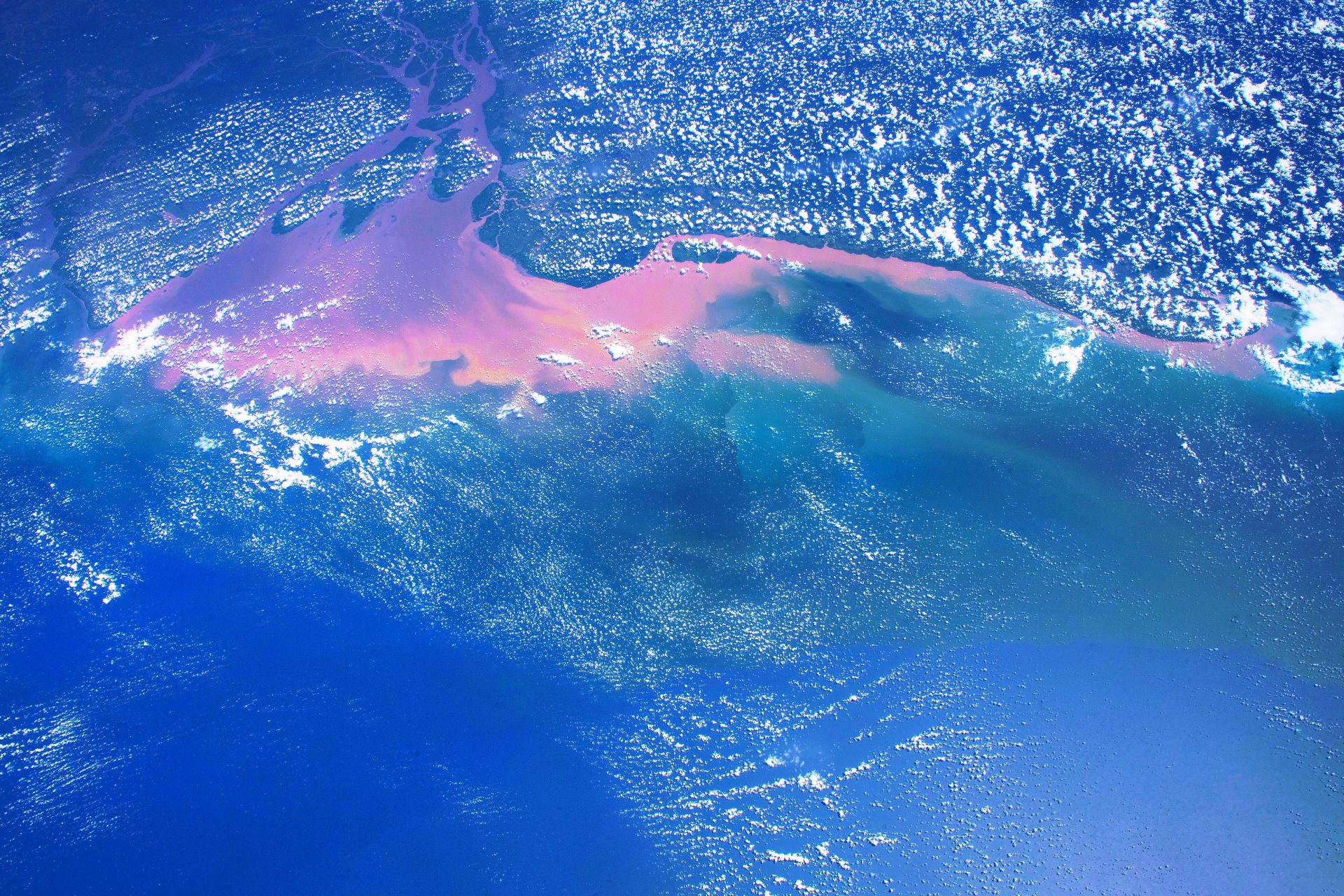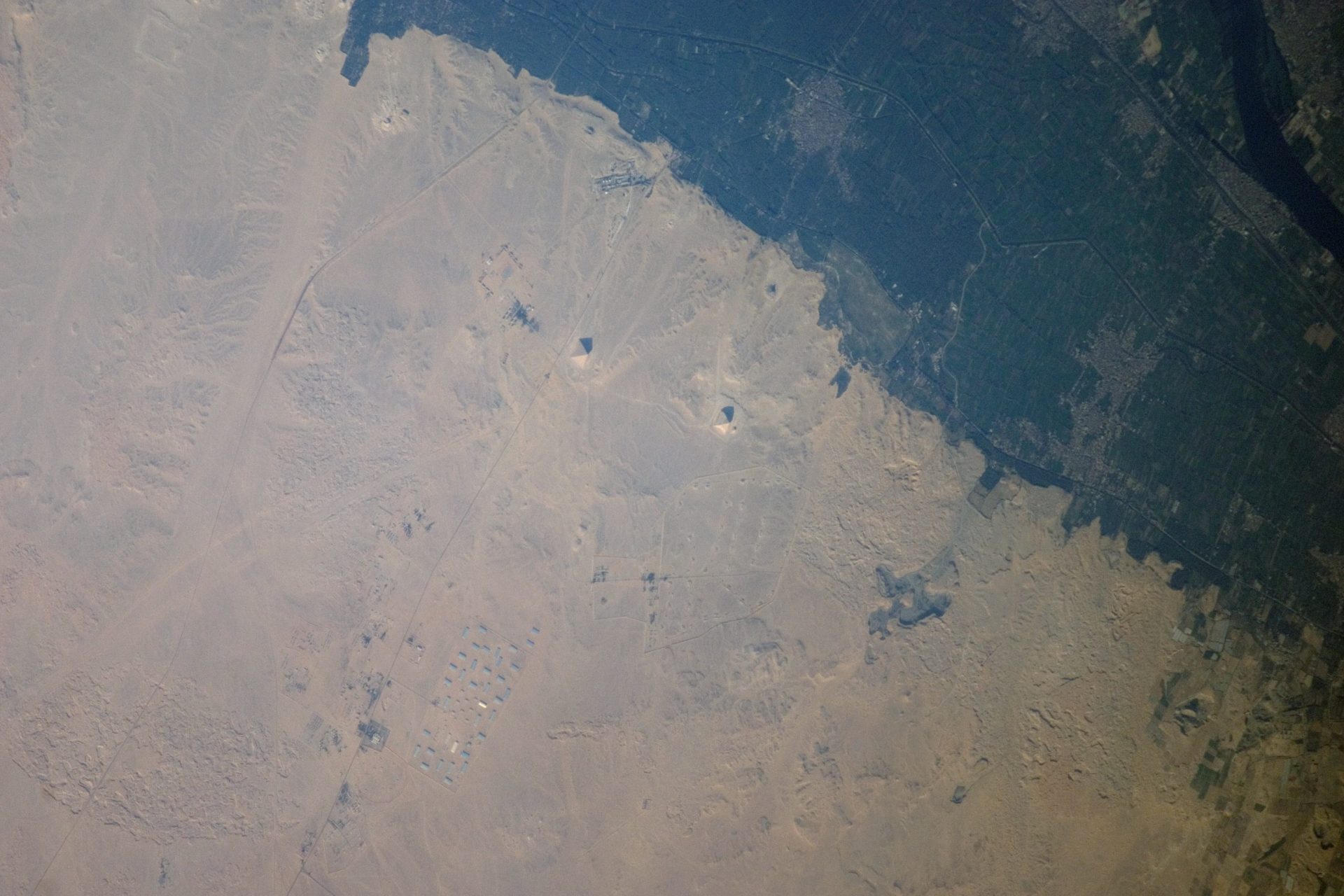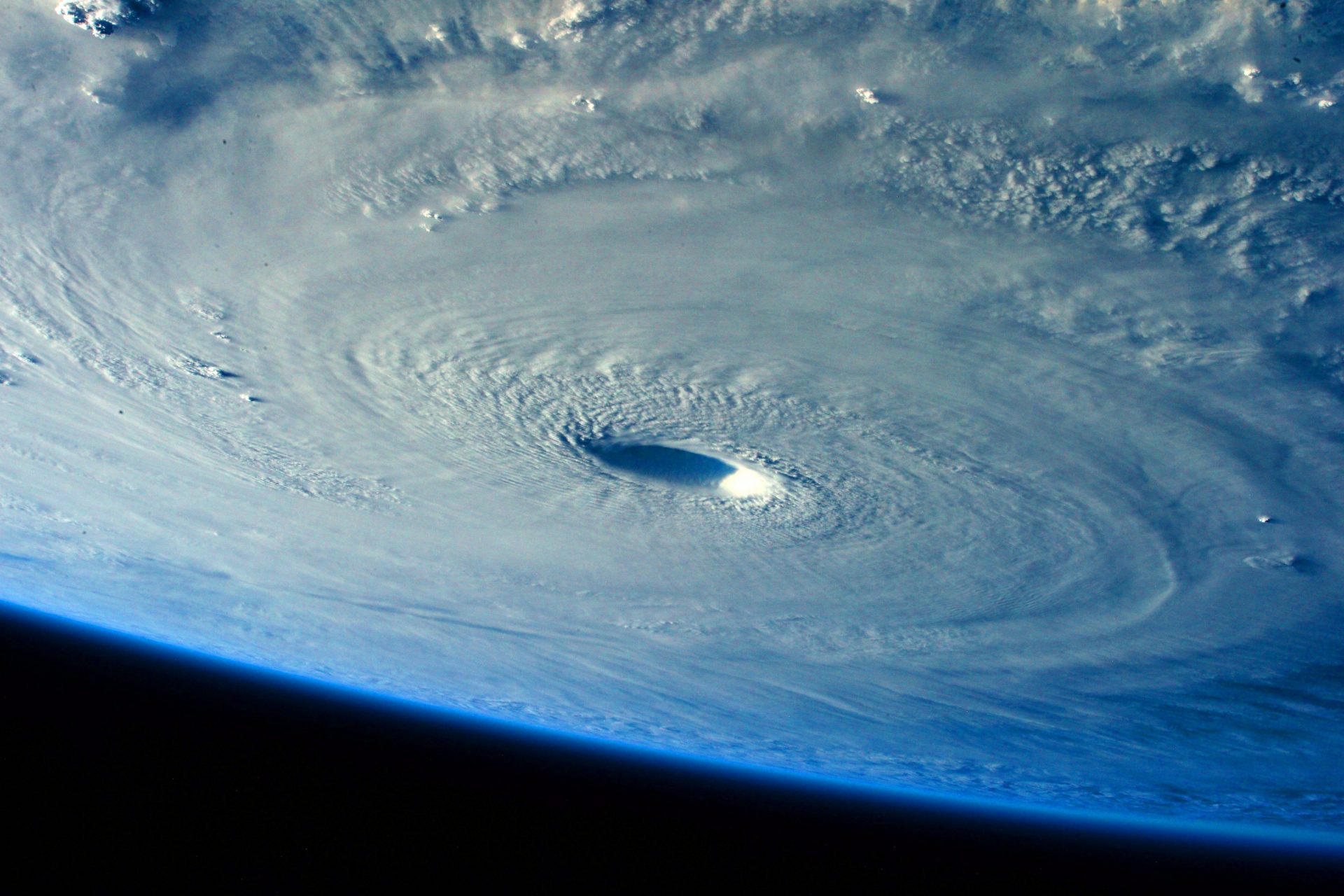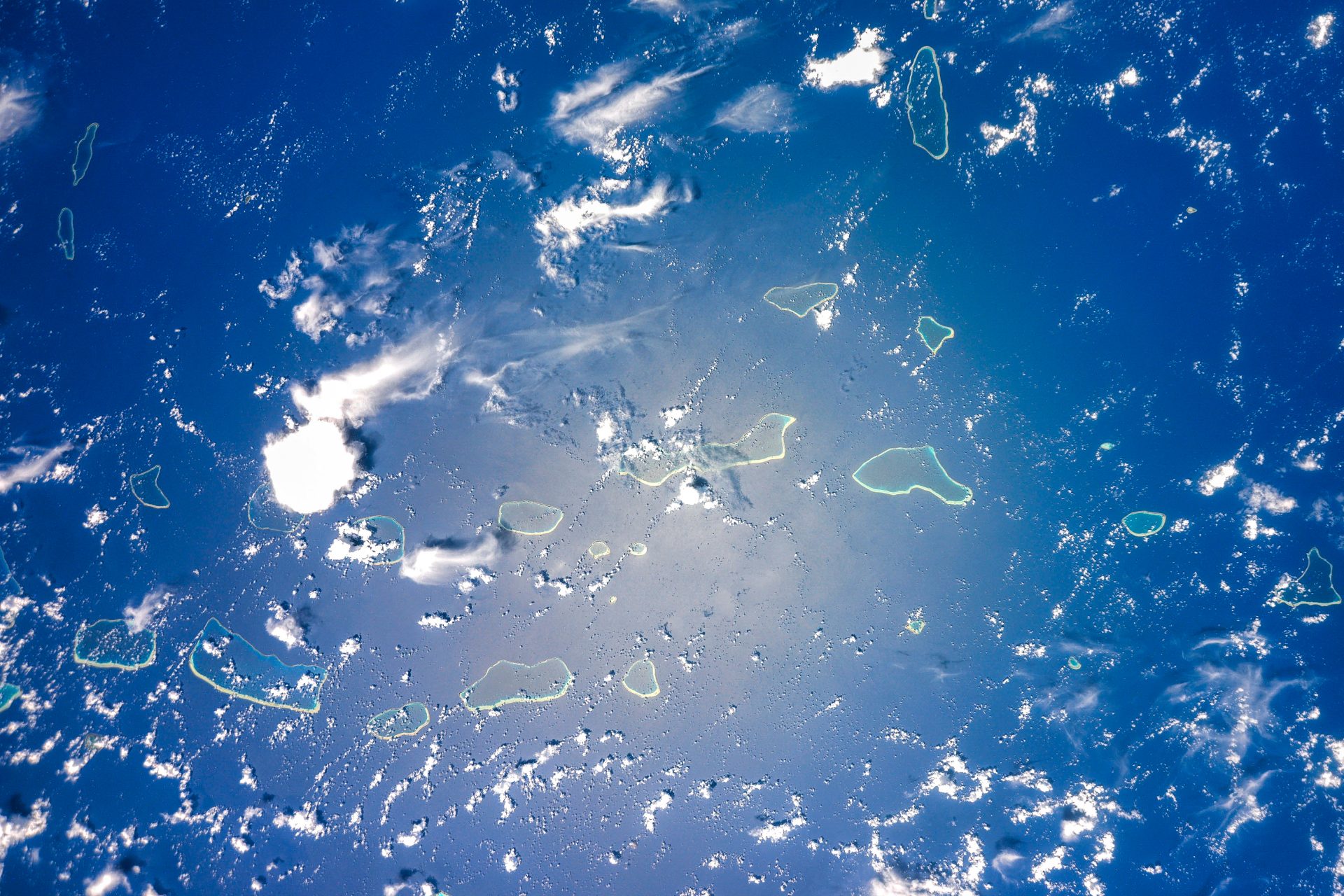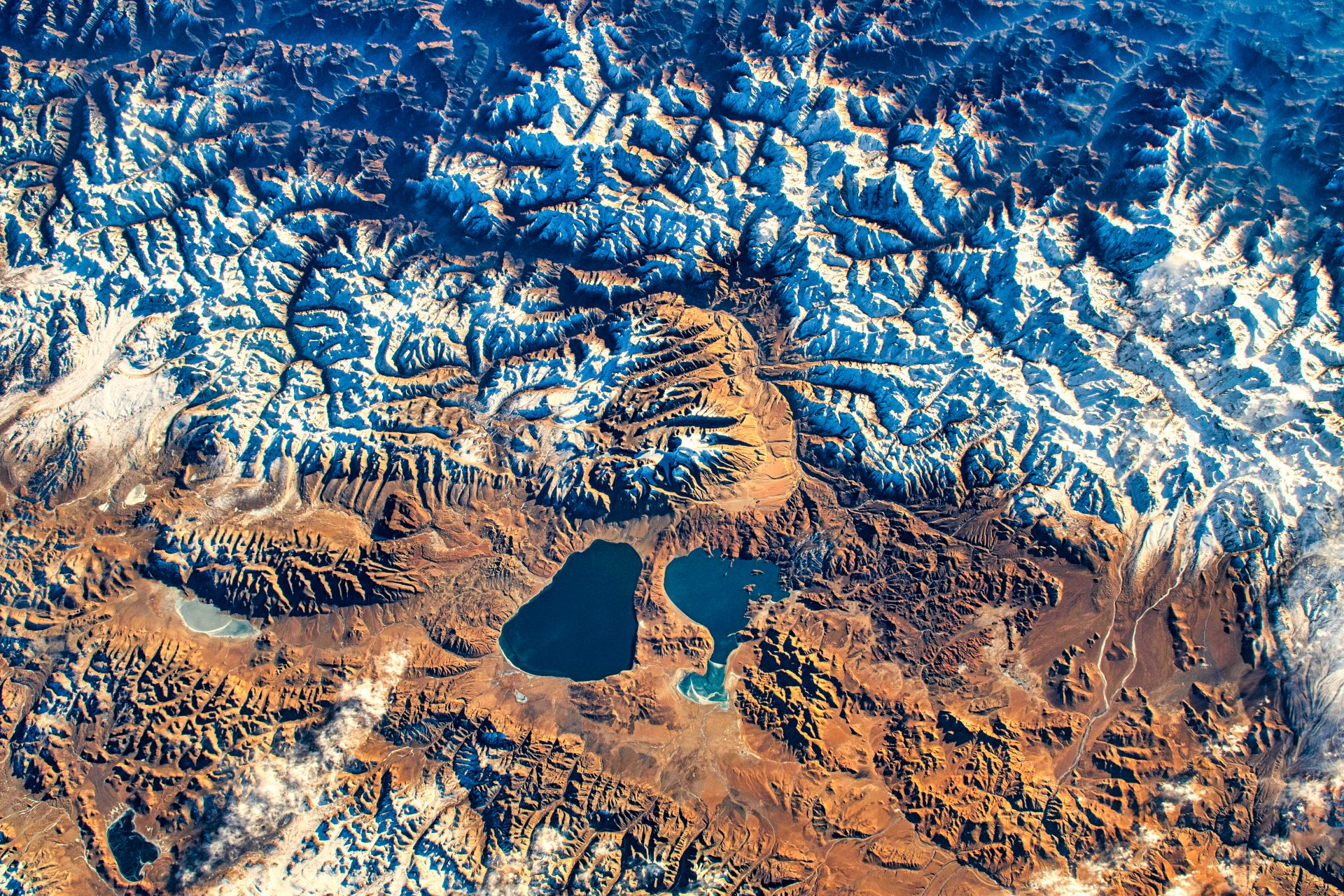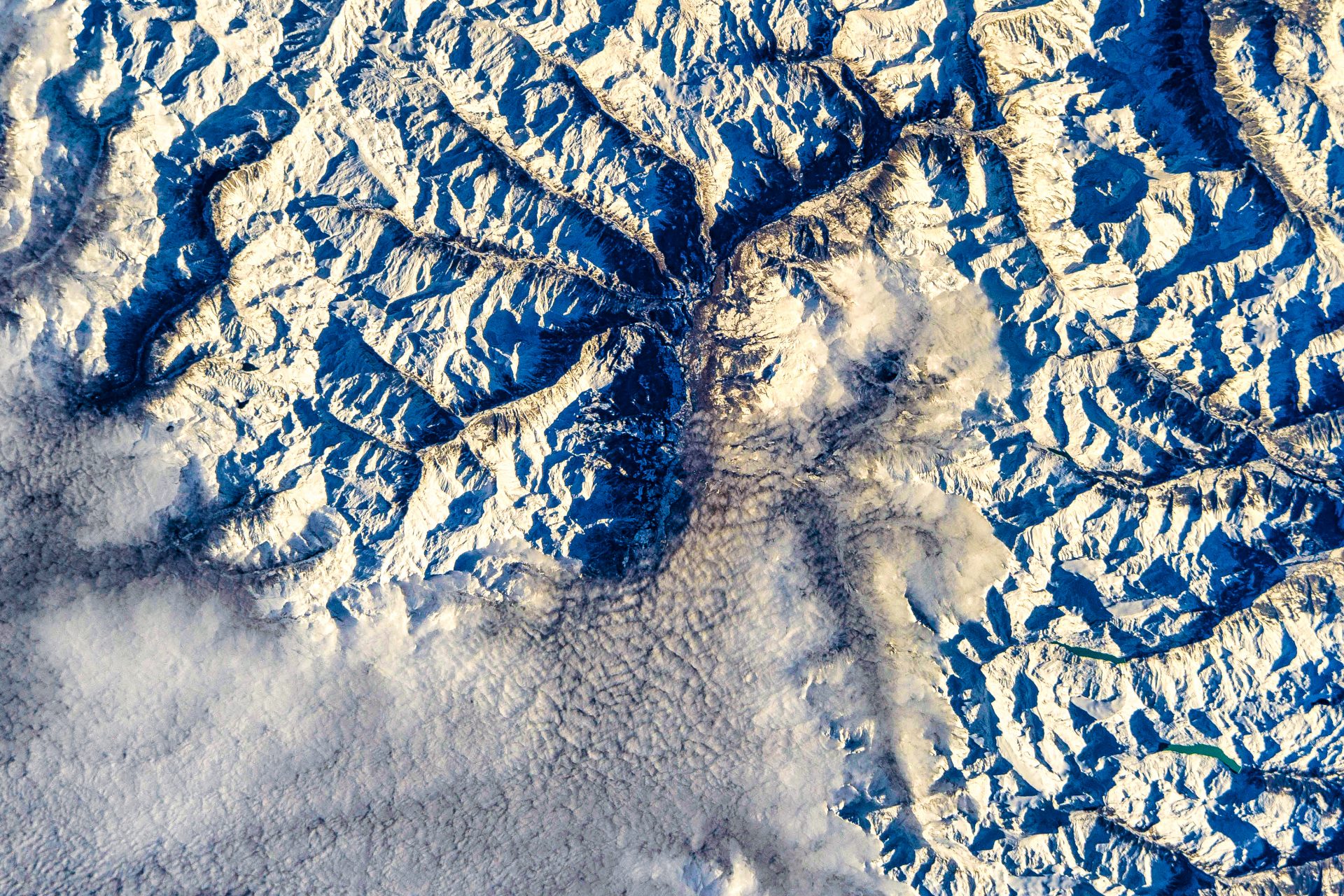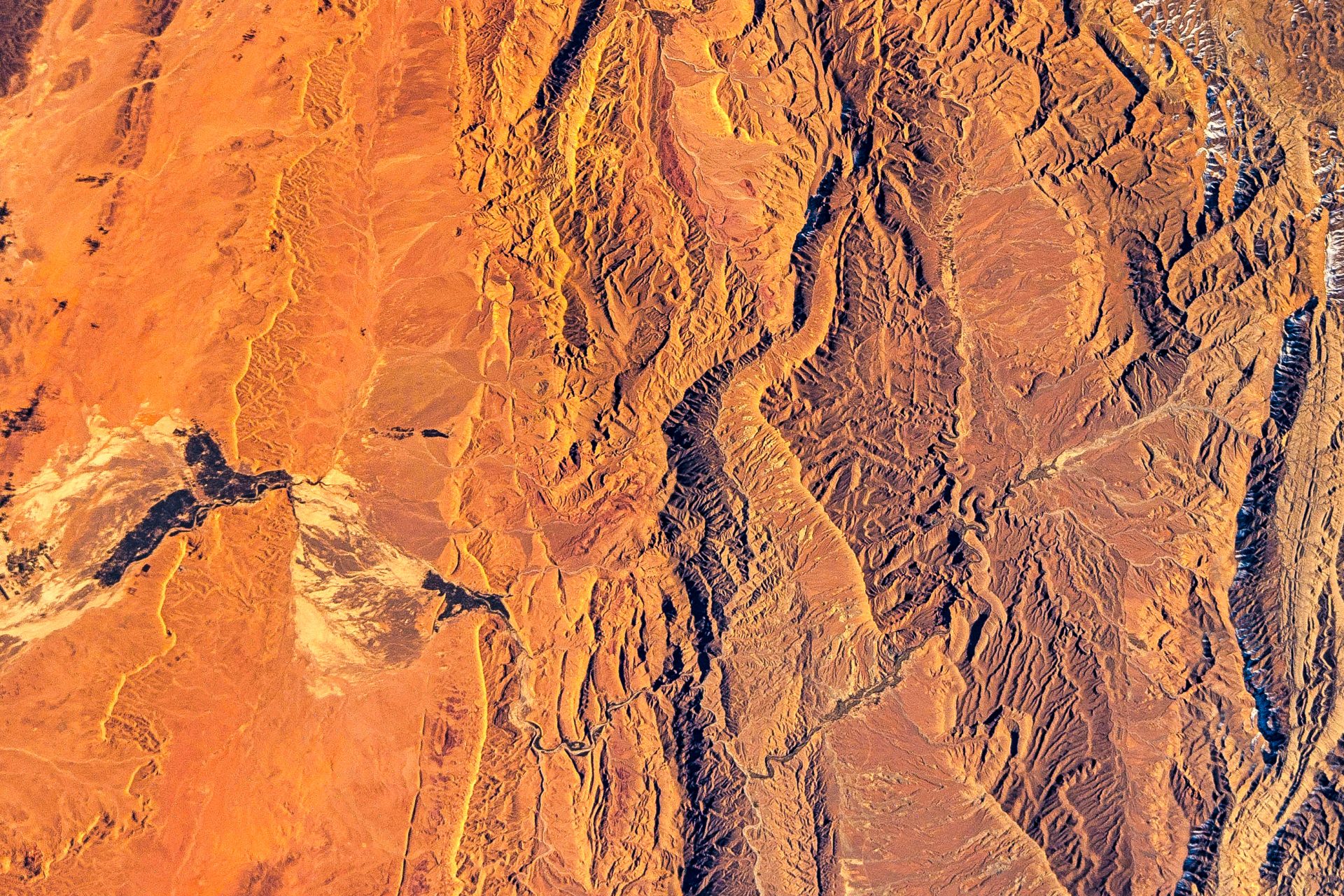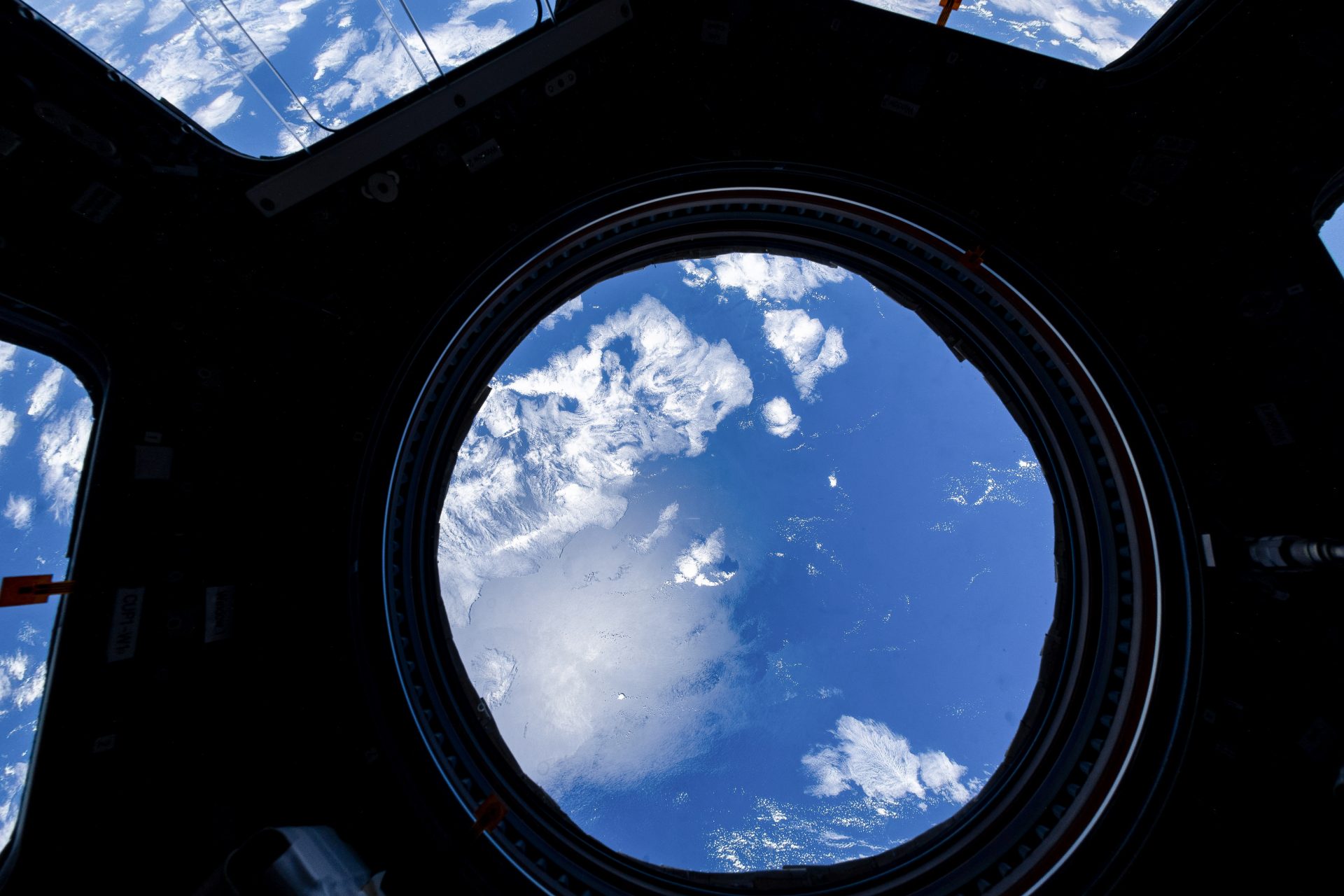Breathtaking views of Earth captured from the International Space Station
At an average height of about 248 miles (400 kilometers) above Earth, the International Space Station orbits as a kind of floating laboratory. It's a place where space experiments are carried out, with contributions from an international crew including NASA, Roscosmos, the Japan Aerospace Exploration Agency (JAXA), the European Space Agency (ESA), and the Canadian Space Agency (CSA).
Considered the largest engineering project in space to date, it's as big as a soccer field. Because of its massive size, it had to be assembled in orbit, through various modules that were joined together in space.
Don't want to miss more entertaining news and analysis? Follow us here!
The first of the modules was launched in 1998, and since the year 2000, it has had a continuous human presence.
Here's a neat tidbit: its speed is so great that it completes an orbit around the Earth in an hour and a half.
So now, let's see what incredible images have been captured from the International Space Station over the years!
Here's a photo taken from the space shuttle Discovery as it departed the International Space Station in August 2005 to return to Earth.
In this image, captured on October 30 by the crew of mission ISS-5 aboard the International Space Station, we see the spectacular ash column from Mount Etna, Sicily, Italy, erupting after a series of earthquakes that occurred on October 27, 2002.
A striking photo from 2006 captures Swedish astronaut Christer Fuglesang performing operations on the International Space Station as it orbits Earth.
Earth is nicknamed the Blue Planet since 70% of its surface is covered by water, showcasing various shades of blue from an outer view. This is perfectly illustrated by a beautiful photo taken from the International Space Station of the Bahamas and Cuba area.
Here's another gorgeous snapshot of the Caribbean from about 248 miles (400 kilometers) up. Simply incredible.
Don't want to miss more entertaining news and analysis? Follow us here!
The beautiful geography of planet Earth is even more so from space. In the image, we see the area of Colorado in the United States.
Though they might look like sheep, these are actually clouds over Chile, offering a stunning view from outer space.
If seeing Earth from space during the day is mesmerizing, it's even more so at night. The image captures a 2016 view of the International Space Station passing over the Strait of Gibraltar and the north of Africa.
Here's the International Space Station flying over the border between Niger and Algeria. A scene that reminds one of 'Out of Africa,' but with a space twist.
The mouth of the Amazon River flowing into the Atlantic on the northeast coast of Brazil, seen from the International Space Station, is even more beautiful thanks to the cirrocumulus clouds, those thin cloud layers at high altitudes.
While you might need to squint, the Dashur pyramids in Egypt are visible, photographed by a member of the Expedition 17 crew during their long-term stay on the International Space Station between April and October 2008.
This is what a typhoon looks like, specifically Typhoon Mysak, known in the Philippines as Chedeng, photographed from the International Space Station in 2015.
This cluster of South Pacific islands was captured in 2021, offering a poster-worthy image.
One needs to ascend to the height of the International Space Station to grasp the true dimensions of the Tibetan plateau.
And this is how the area of Saint-Etienne, in France, looks from the International Space Station. Like something out of a movie.
Is it Mars? Nope. It's a beautiful image that perfectly captures the aridity of the desert in Morocco.
If space junk (remnants of rockets or satellites) or a meteorite doesn't end it sooner, the International Space Station will continue to gift us with images as spectacular as those in this gallery. And speaking of its end, NASA has announced it will come in 2031... We'll have to make the most of it until then to enjoy its views.
Don't want to miss more entertaining news and analysis? Follow us here!

